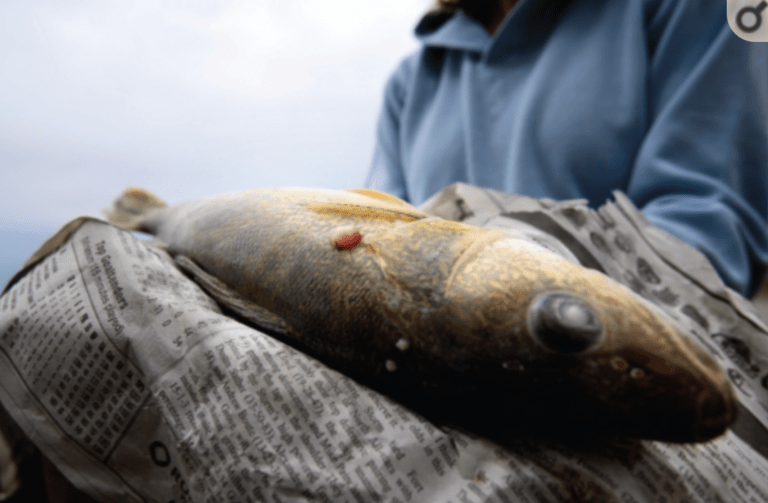Scientific Studies/Journals
Deadly Dispersants in the Gulf: Are Public Health and Environmental Tragedies the New Norm for Oil Spill Cleanups? (Government Accountability Project) 2013.
Corexit: Deadly Dispersant in Oil Spill Cleanup
Read MoreToxicity of Deepwater Horizon Source Oil and the Chemical Dispersant, Corexit® 9500, to Coral Larvae (PLOS ONE)
Read the full study here
Read MorePersistent respiratory symptoms in clean-up workers 5 years after the Prestige oil spill (Pub Med)
“Participation in clean-up activities of oil spills may result in respiratory symptoms that persist up to 5 years after exposure. Guidelines for preventive measures and a continued surveillance of clean-up workers of oil spills are necessary.” Read the full study here
Read MoreHigh numbers of Vibrio vulnificus in tar balls collected from oiled areas of the north-central Gulf of Mexico following the 2010 BP Deepwater Horizon oil spill (PubMed)
“The Deepwater Horizon Oil Spill was the largest oil spill in USA history releasing approximately 4.9 million barrels of crude oil into the Gulf of Mexico. Soon after the spill started, tar balls and other forms of weathered oil appeared in large numbers on beaches in Mississippi and Alabama. In this study, we analyzed tar…
Read MoreOil Sands Development: A Health Risk Worth Taking? (Environmental Health Perspectives)
“As traditional petroleum supplies dwindled and prices soared over the past few years, oil companies have shifted their attention to oil sands, a mix of sand, water, and a heavy, viscous hydrocarbon called bitumen that can be converted to oil. With the plunge in oil prices in fall 2008, many producers began canceling or postponing…
Read More
